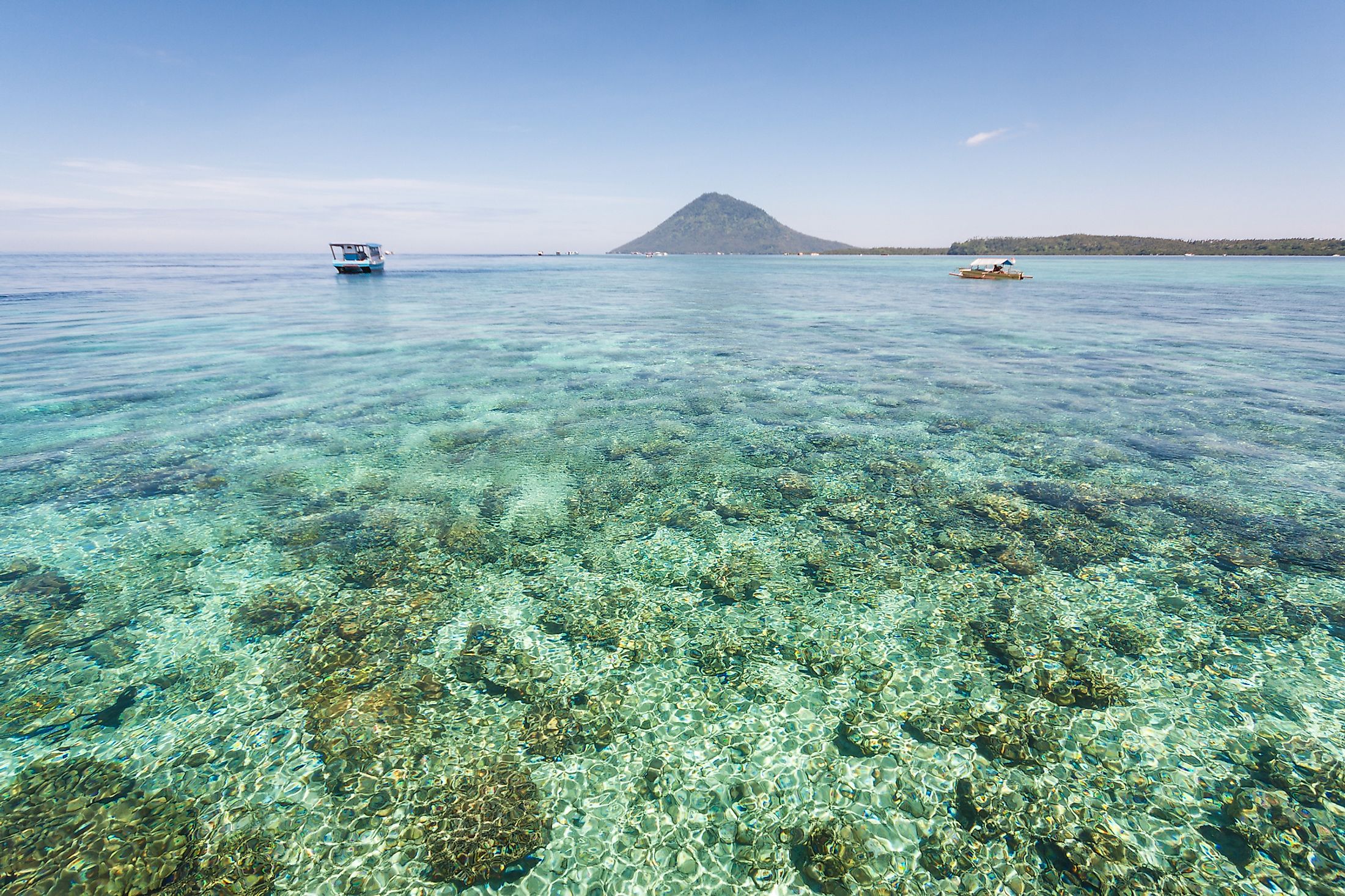
Celebes Sea
The Celebes Sea is a deep-water sea situated in the western Pacific Ocean, that extends for 675 km in the north-south and 840 km in the east-west direction, covering a total surface area of 280,000 sq. km. The Celebes Sea reaches a maximum depth of 6,200 m.
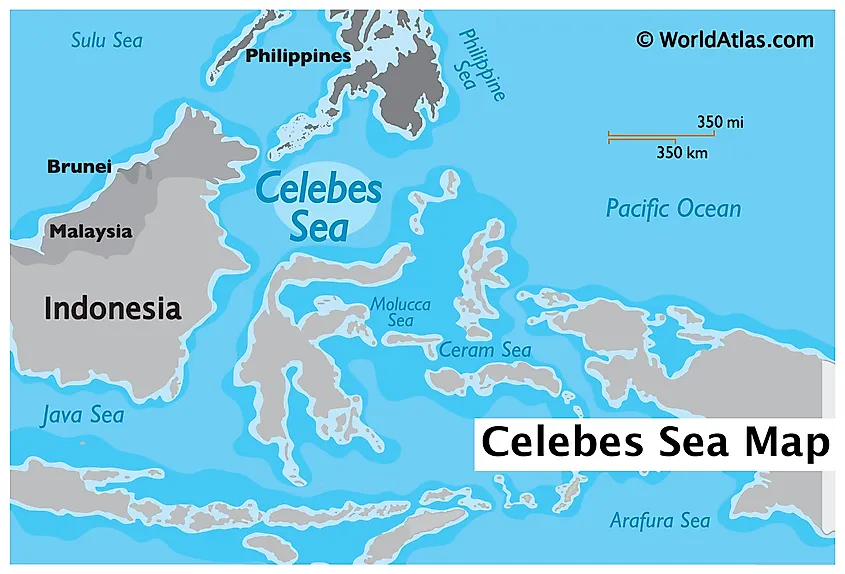
Geography
The Celebes Sea has several exits: the northern exit leads to the Sulu Sea, the southwest exit leads to the Java Sea and the eastern exit leads to the Molucca Sea. This circular enclosed basin is bordered by the Sulu Island series, the Sulu Sea, and Mindanao Island of the Philippines in the north. The Sibutu-Basilan Ridge forms the border between the Celebes and the Sulu Seas.
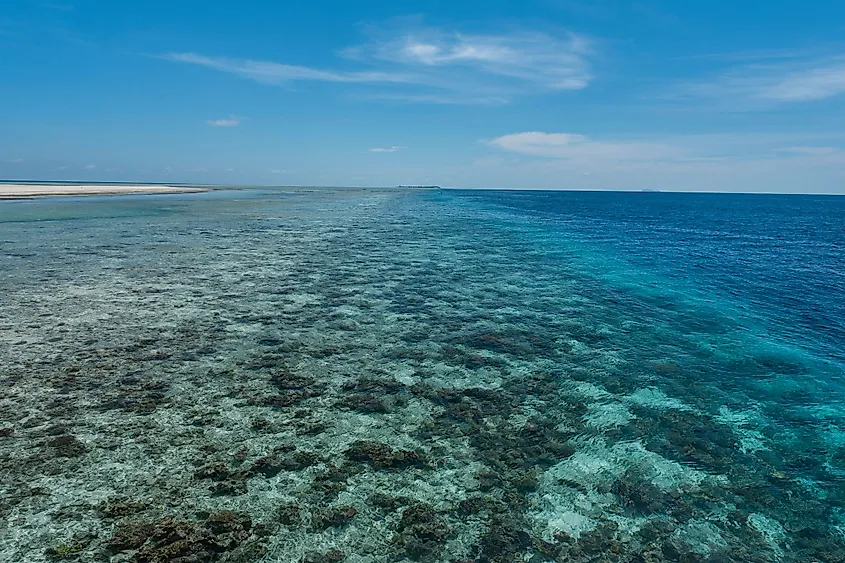
The edges of the basin are lined with volcanic cones in northern Celebes, the Sand Islands, mountains of the Sulu series, and Mindanao. The Sangihe Island chain forms the east border of the Celebes Sea and separates it from the Molucca Sea. The southern border of Celebes overlooks Sulawesi’s Minahasa Peninsula, while the western border overlooks the east coast of Borneo Island, specifically northern Kalimantan of Indonesia. The Celebes Sea is characterized by complex oceanographic features due to an aggregate of environmental factors, such as strong ocean currents, deep-sea trenches, seamounts, and volcanic islands.
Brief History
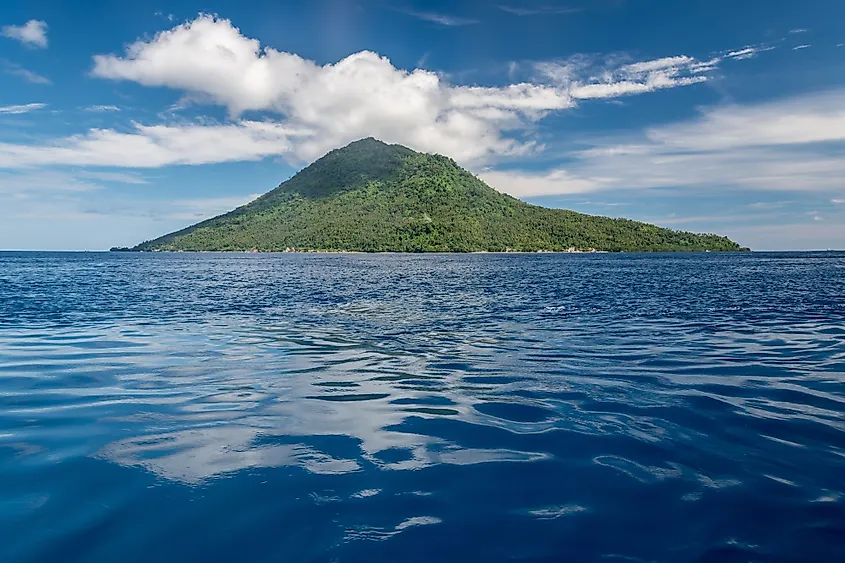
The Celebes Sea forms a part of an ancient ocean basin that was formed about 42 million years ago. The movements of the earth’s crust had moved the basin about 20 million years ago much closer to the volcanoes of Indonesia and the Philippines hence leading to the deposition of the emitted debris in the basin. About 10 million years ago, the Celebes Sea was flooded with continental debris such as coal from a young Borneo Mountain and the basin was anchored to Eurasia. Geological studies have revealed that the Celebes Sea lies on an oceanic plate that has been subducted to the north and south, with the mid-oceanic spreading in the center.
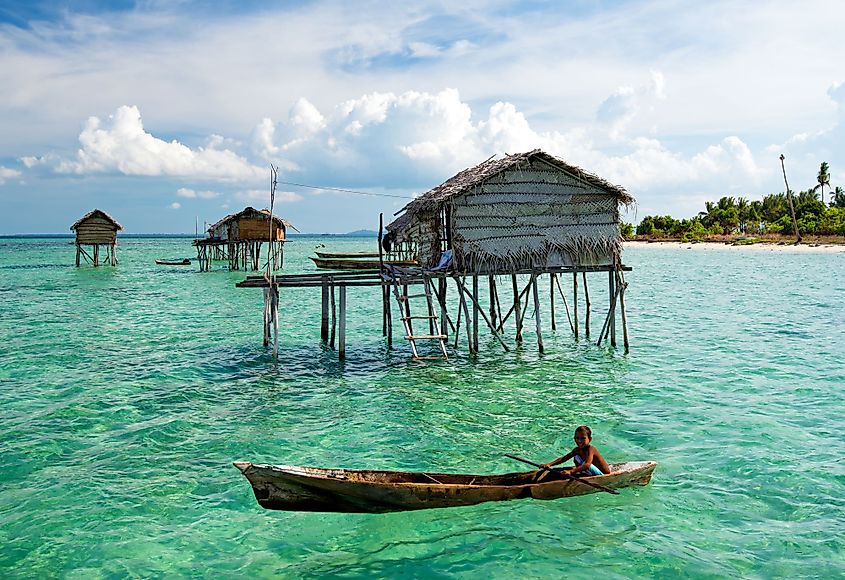
The Celebes Sea was known to be dominated by traders and pirates from Borneo and surrounding islands, despite parts of it being seized by the Dutch and Sang groups in the early 17th century. It came under colonial control in the late 19th century. The Celebes Sea served as a hub for trade and economic activities in the region. The maritime traffic from the southern side had access to the sea via the Straits of Makassar, which connects the area with both Flores and Java Seas. The ships from the South China Sea used the many sea lanes between Tanjung Unsang in Sabah and Zamboanga Point in Mindanao. Currently, the Celebes Sea area is divided among the Republics of the Philippines and Indonesia, and the Federation of Malaysia, but in earlier times the sea served as an economic and cultural unit regardless of political boundaries.
Marine Life
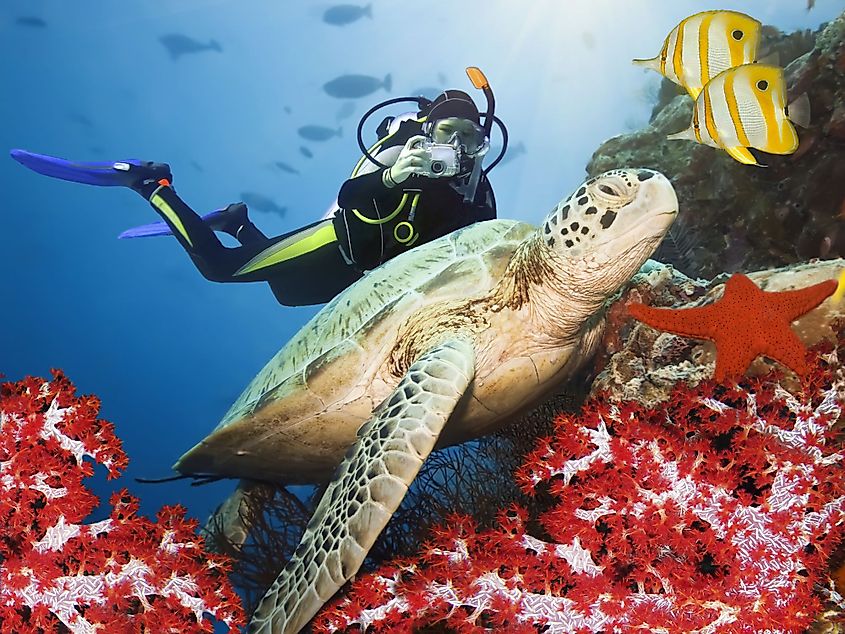
The tropical setting and warm clear waters make Celebes home to 580 of the world's 793 species of reef-building corals. The Celebes Sea supports a diverse marine life which includes dolphins, manta rays, whales, marlin, sea turtles, etc. Fishes like the yellowfin tuna along with several other species of tuna are also found in the Celebes Sea.











